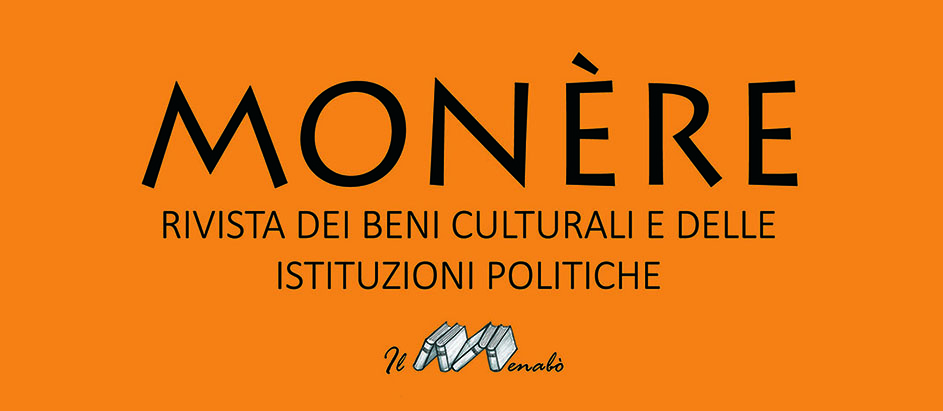LA FRUIZIONE DEL PATRIMONIO ARCHEOLOGICO. CONTESTO, UTENTE, BENE
A broad and strategic vision of the conservation of cultural heritage implies, on the one hand, the systematisation of assets and, on the other hand, greater integration with the territorial context in which they are located. Both aspects focus on the need to consider cultural heritage as attractive nodes of a network that is based on a system of interrelations not only physical (connections between places) but also immaterial (historical-cultural connections). In this logic, fruition is to be interpreted not only as the “enjoyment" of a good, but rather as the main purpose of the conservation process itself.
This implies, from a design point of view, a constant comparison with the characteristics of the heritage to be presented as well as with the needs and expectations of those who will use it. The present work, sharing this approach, highlights the centrality of a quality fruition project that should, therefore, meet the needs of the user's knowledge in respect of the conservative need for the heritage, activating economic and cultural processes that justify the consumption, although controlled, of the good and its context.
Caterina Frettoloso
19308 comments
-

-
 Comment Link ErrolHig Lunedì, 15 Maggio 2023 11:57
Comment Link ErrolHig Lunedì, 15 Maggio 2023 11:57Good topic. I needs to spend a while finding out much more or figuring out more.
-
 Comment Link ErrolHig Lunedì, 15 Maggio 2023 10:55
Comment Link ErrolHig Lunedì, 15 Maggio 2023 10:55Hello would you mind letting me know which webhost you're working with?
-

-
 Comment Link ErrolHig Lunedì, 15 Maggio 2023 08:50
Comment Link ErrolHig Lunedì, 15 Maggio 2023 08:50This is very interesting, You're a very skilled blogger.
-

-
 Comment Link ErrolHig Lunedì, 15 Maggio 2023 06:50
Comment Link ErrolHig Lunedì, 15 Maggio 2023 06:50I'm truly enjoying the design and layout of your website.
-
 Comment Link ErrolHig Lunedì, 15 Maggio 2023 05:51
Comment Link ErrolHig Lunedì, 15 Maggio 2023 05:51Having read this I thought it was extremely enlightening.
-

-

Leave a comment
Make sure you enter all the required information, indicated by an asterisk (*). HTML code is not allowed.



With havin so much written content do you ever run into any problems of plagorism or copyright infringement? My blog has a lot of unique content I've either created myself or outsourced but it appears a lot of it is popping it up all over the web without my permission. Do you know any ways to help reduce content from being ripped off? I'd definitely appreciate it.